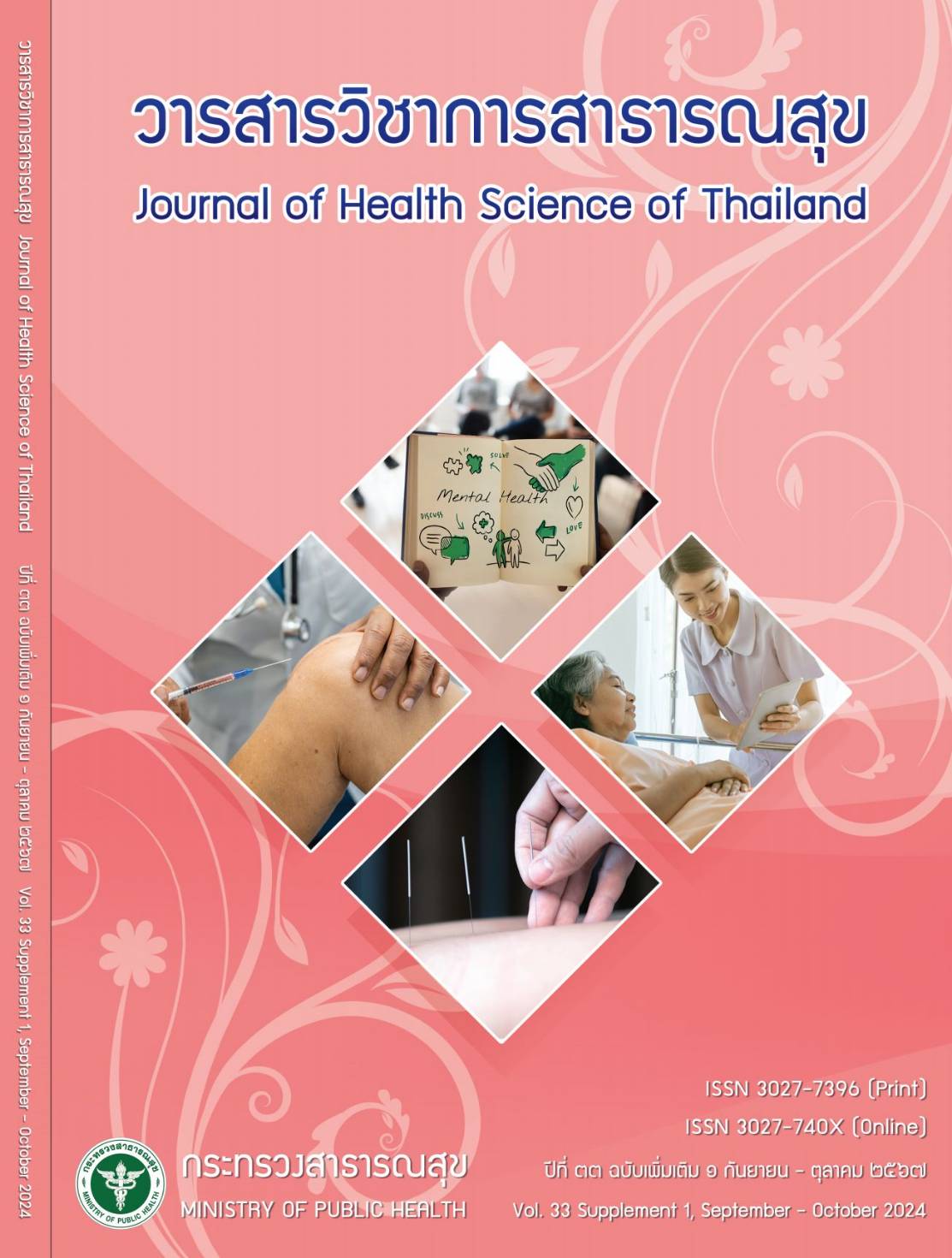Development of National Quality Infrastructure for Cosmetics: The Cannabinoids testing of Cosmetic Laboratories
Keywords:
cannabis, hemp, cannabinoids, cosmetic, National Quality InfrastructureAbstract
The medical cannabis policies and government designation of cannabis and hemp as non-narcotics
have caused a trend to use cannabis and hemp, which contain cannabinoids as important substances, as
ingredients in health products. In order to support government policy and the consumer’s safety, the Bureau
of Cosmetics and Hazardous Substances, the national cosmetic reference laboratory, had implemented
several measures to build and strengthen the national cosmetic quality infrastructure for cannabinoids
testing. This study aimed to implement and assess the outcomes of capacity building of medical science
infrastructure to become reference laboratory for testing canabis products. It was perform through a series
of implementation activities. Firstly, the delta-9-THC and CBD test method for cosmetic was developed
and was the first accredited in accordance with ISO/IEC 17025: 2017 in Thailand. Secondly, laboratory
capabilities of 9 Regional Medical Sciences Centers (RMSc) were built through technology transfer
and support. Thirdly, the proficiency test samples (PT) study, containing delta-9-THC and CBD, were
developed and prepared as cream and shampoo for laboratory performance evaluation system. Fourthly,
the delta-9-THC in cream and shampoo for interlaboratory comparison samples were sent to the 9 RMSc
for laboratory evaluation and they were evaluated by zeta score in accordance with the ISO/IEC 13528:
2015. It revealed that most of them were in satisfactory level. Lastly, in collaboration with 7 RMSc, we
surveyed the quality of 69 samples of cosmetics that used cannabis or hemp as an ingredient. The samples
were randomly collected from 8 provinces in 4 regions of Thailand. About 11.6% of the cosmetic
samples were found to be substandard due to the delta-9-THC content and the total aerobic plate count
found in the samples exceeded legal limits. On the other hand, all the samples showed that the amounts
of the three heavy metals and arsenic were in compliance with the law, and none of the four pathogenic
microorganisms were found. Moreover, we found concentrations of CBD between 0.004 and 1.761%
w/w in 26 samples. All of the measures should be carried out continuously and systematicly in order to
strengthen the country’s competitiveness and consumer safety.
Downloads
Downloads
Published
How to Cite
Issue
Section
License

This work is licensed under a Creative Commons Attribution-NonCommercial-NoDerivatives 4.0 International License.







